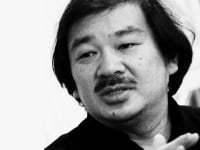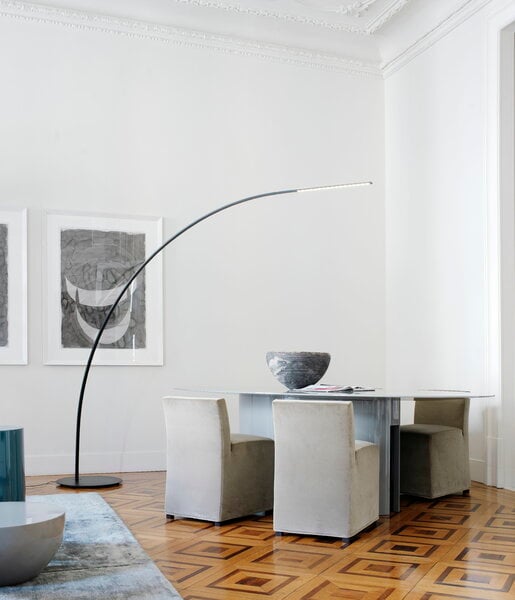
Shigeru Ban
Shigeru Ban (b. 1957) is an internationally recognized Japanese architect who works also as industrial designer. He studied at the Southern California Institute of Architecture and later on in the Cooper Union School of Architecture, graduating in 1984. Shigeru Ban can be described as a modernist, experimentalist as well as a rationalist.
Shigeru Ban has designed pieces for the following brands:



